Deck & Commander Strategies

Grist, Voracious Larva
Fill the graveyard with creatures and spells, then use graveyard recursion to generate value and overwhelm opponents with resilient threats.

Caesar, Legion's Emperor
Deploy numerous tokens and aggressively attack to win through combat damage, utilizing Mardu colors for efficient removal and token generation.

Kastral, the Windcrested
Create a steady stream of bird tokens that can become threats in the air, leveraging tempo and evasion to chip away at opponents.
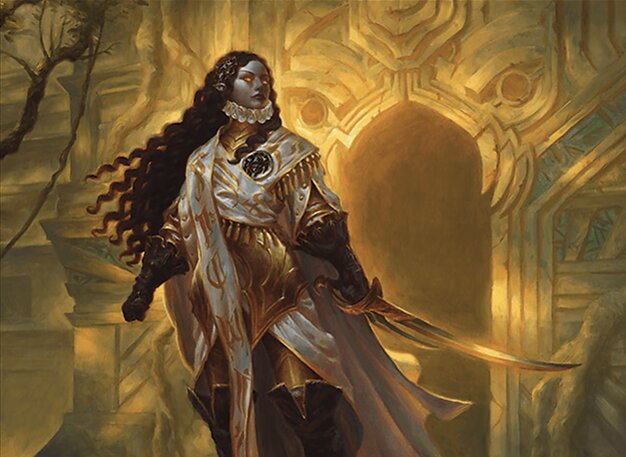
Elenda, the Dusk Rose
Build a vampire aristocrats deck that generates value by sacrificing creatures, growing a vampire army, and draining opponents' life totals.
Gameplay Insights
- 1
Grist’s use of The Mending of Dominaria to mill cards into the graveyard and return creatures was a key recursion engine.
- 2
Elenda’s Bastion of Remembrance created incremental damage and life loss triggers on every creature death, synergizing well with her sacrifice theme.
- 3
Kastral’s use of Restless Anchorage to produce flying blockers helped stabilize against aggressive ground attacks.
- 4
Caesar’s token swarm was supported by Captain of the Souls and other token generators to maintain board presence and pressure.
- 5
Players carefully balanced ramp, board development, and combat damage to maintain tempo and avoid falling behind early.
- 6
Proliferate triggers from Thrumingbird complemented Grist’s graveyard strategy by enhancing counters, adding a layered synergy.
Notable Cards
-
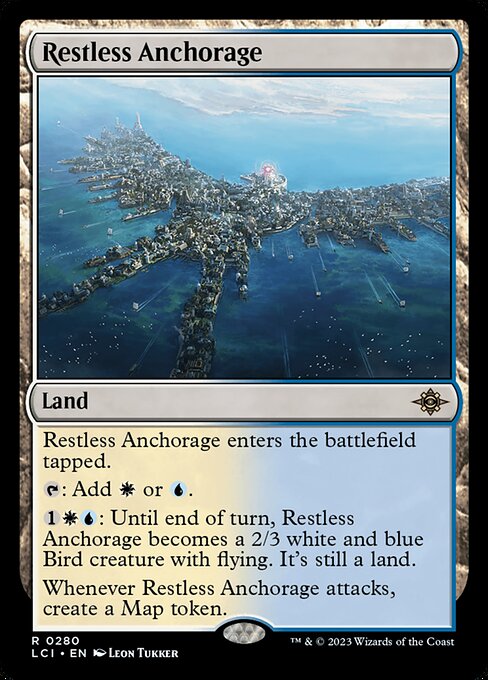
Restless Anchorage
-

Bastion of Remembrance
-
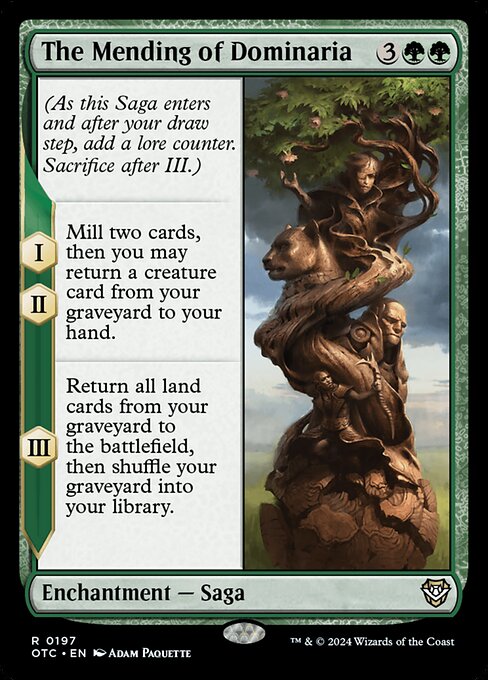
The Mending of Dominaria
-
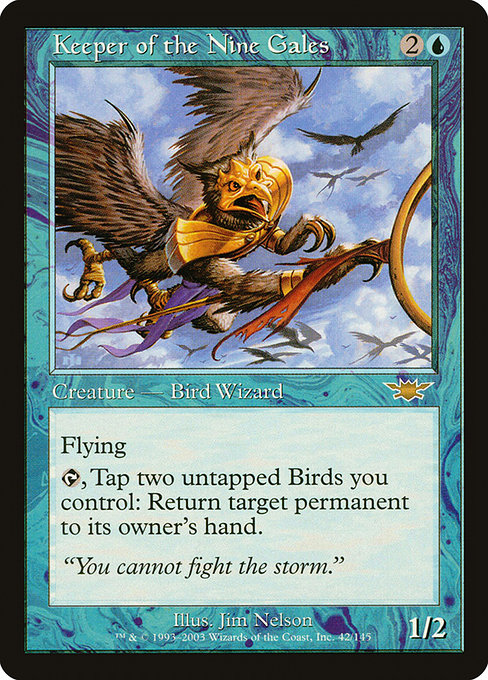
Keeper of the Nine Gales
-
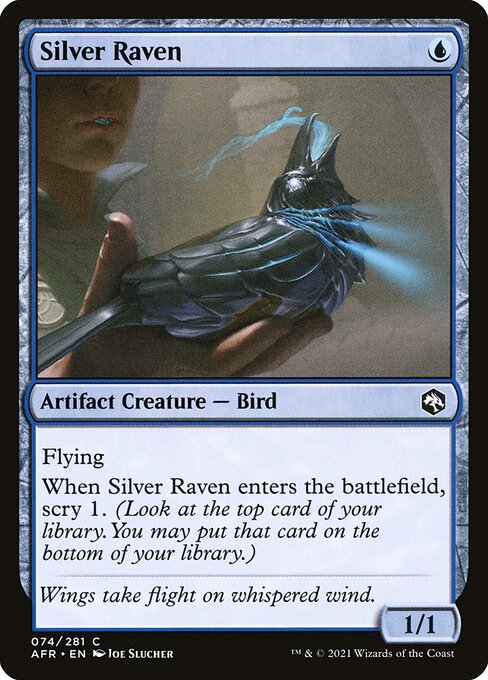
Silver Raven
Gameplay Summary
The game began with each player setting up their board state, focusing on their commanders' strengths.
Grist, Voracious Larva aimed to fill the graveyard and leverage recursion to generate value, while Caesar, Legion's Emperor played a Mardu token-attack strategy with aggressive creatures.
Kastral, the Windcrested focused on producing bird tokens and mounting a steady air assault, and Elenda, the Dusk Rose built an aristocrats-style deck centered around creating and sacrificing vampires for incremental advantage and life drain. Early turns saw players ramping mana and deploying creatures, with Grist establishing graveyard synergies and Caesar building up tokens with cards like Captain of the Souls.
Kastral used Restless Anchorage to create flying blockers and maintained board presence through repetitive token production.
Elenda's key plays involved Bastion of Remembrance and other aristocrat staples to drain opponents incrementally.
A pivotal moment was Elenda’s ability to grow her vampire army through sacrifice triggers and life link, threatening a lethal drain.
Grist’s recursion and graveyard interactions also poised him for a comeback, while Caesar maintained pressure with wide token swarms.
The game revolved around maintaining board presence and leveraging each deck’s unique synergy, with combat and attrition determining the tempo and eventual winner.


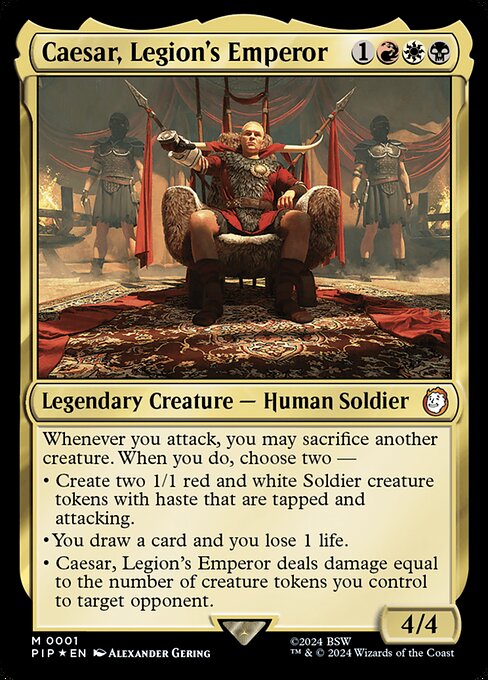
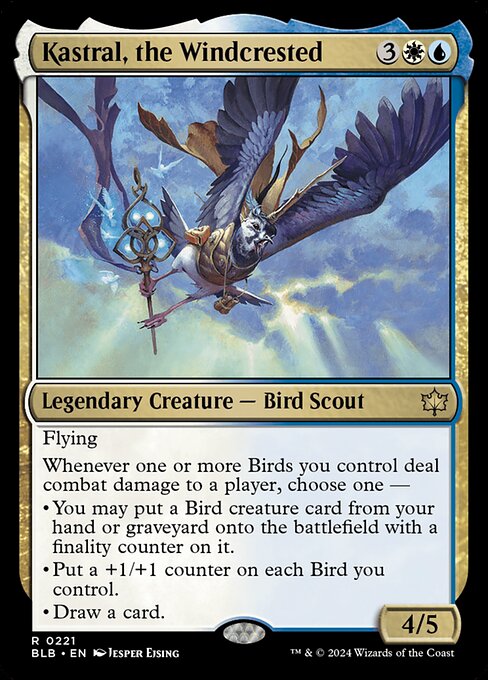















![Planeswalker Rumble!! Modern Horizons 3 ft. Sorin, Tamiyo, Grist, Ral Zarek [EDH/Commander Gameplay] thumbnail](https://i.ytimg.com/vi/R7_ukVI4hXg/sddefault.jpg)































